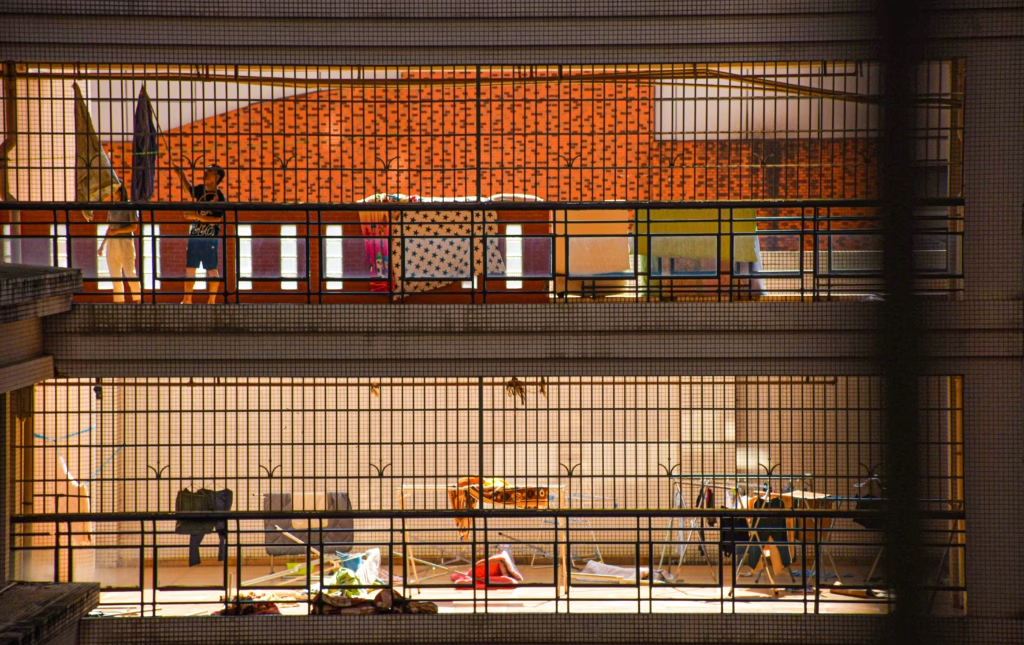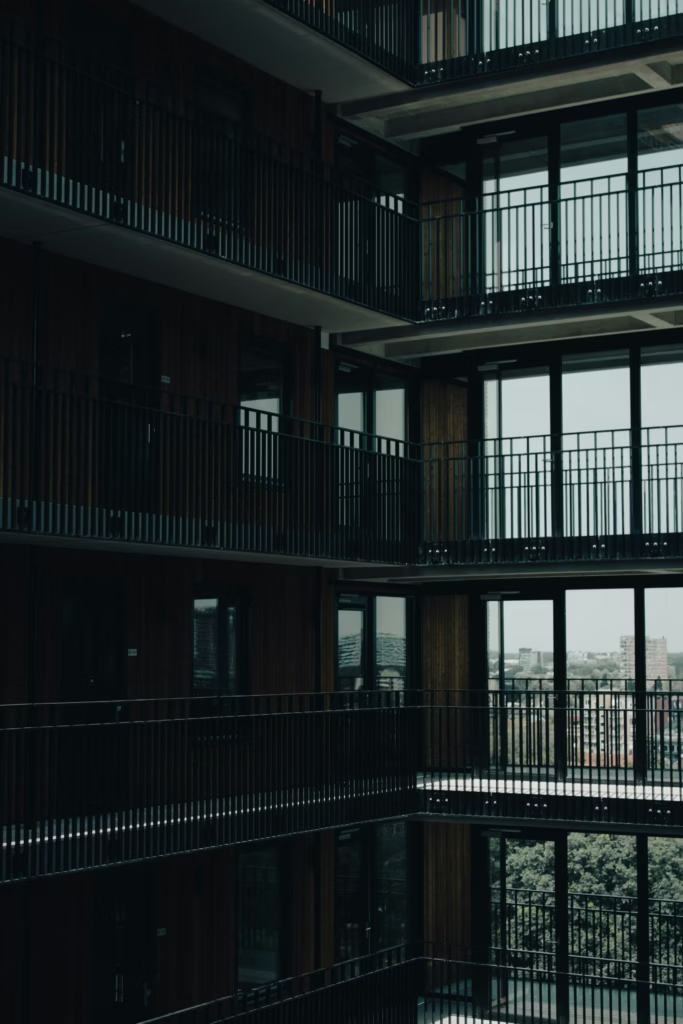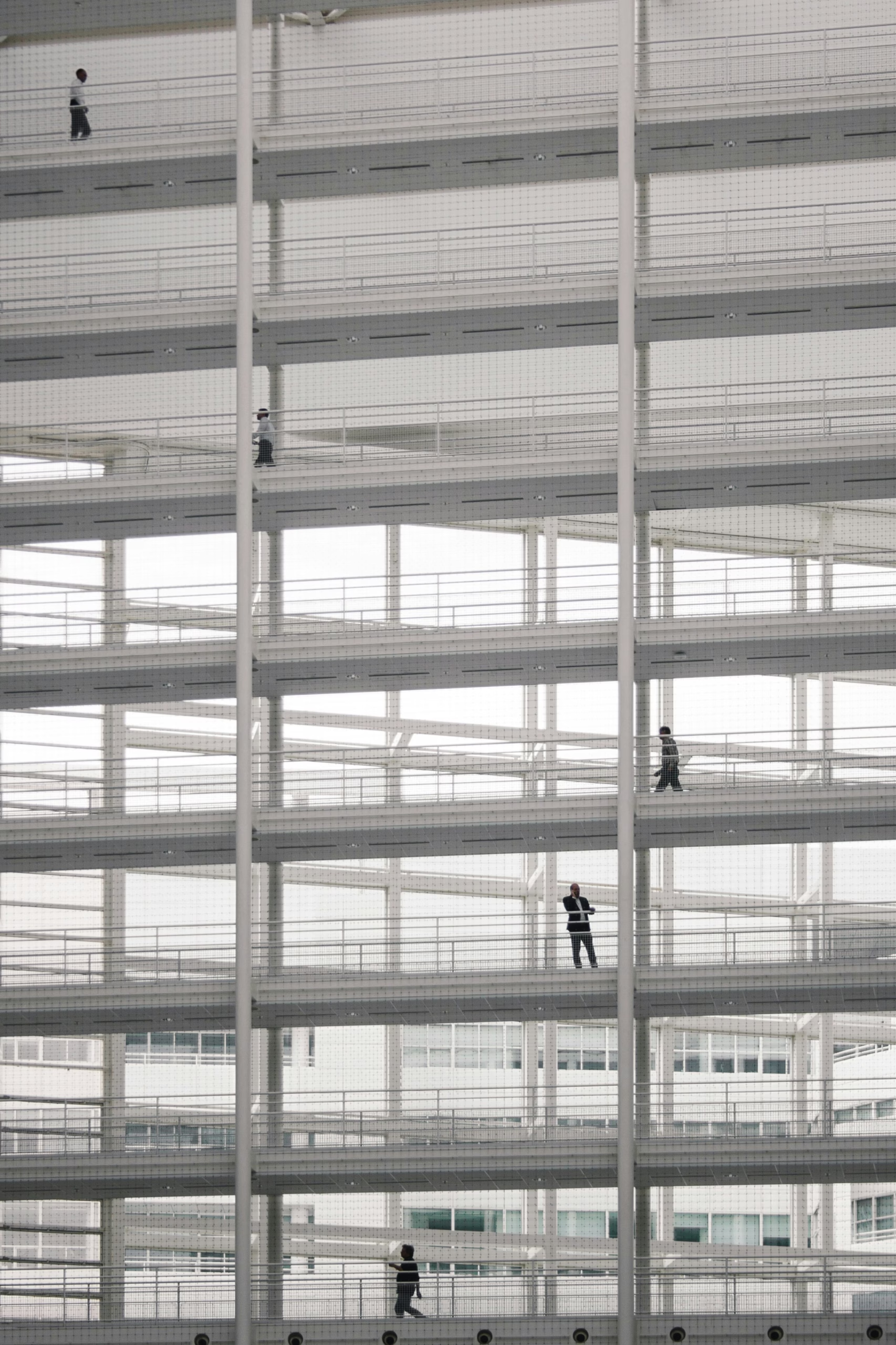
Solitary Confinement: The System That Dehumanizes and Destroys
"You’re a number. You’re cattle in a kill house. That’s all you are."
—James (pseudonym), reflecting on his time in solitary confinement
For James, solitary confinement wasn’t just punishment—it was annihilation. Locked in a windowless cell for 23 hours a day with no human contact, one can describe it as “being erased.” Hollow words echo the experiences of countless others who have endured this practice: a system designed to break people down until there’s nothing left but survival instincts and despair.
This isn’t discipline—it’s dehumanization. And it’s happening every day in prisons across the United States.
The Crushing Weight of Isolation
James spent five months in solitary confinement for a minor infraction. He described the conditions vividly:
- No sleep or rest: “They’d take your mat during the day so you couldn’t lie down. You’d end up sleeping on cold steel.”
- Constant surveillance: Guards sat outside his cell all day, watching every move he made. “Guards didn’t care if you were suffering—they wanted to make it as hard as possible.”
- Endless time to think: “All you can do is sit there with your thoughts. You think about everything—things that aren’t even real start to feel real.”
The psychological toll was immense. James admitted that he started to question his own sanity: “You can’t let them see you break because then they win. But inside? Inside you’re already broken.”
Another interviewee, Alex (pseudonym), described similar experiences: “You’re treated worse than animals. At least animals get sunlight.” He recalled how isolation stripped him of his ability to feel emotions: “You stop caring—about yourself, about anyone else. You’re just trying to make it through another day.”

Turning People Into Monsters
Solitary confinement doesn’t rehabilitate—it destroys. Many who endure it leave angrier and more volatile than when they entered. James admitted that during his time in isolation, he fantasized about violence: “You hate everyone—guards, other prisoners—even yourself.”
This isn’t an anomaly; it’s a pattern. Prolonged isolation rewires the brain, making it harder for individuals to regulate emotions or trust others. As Alex put it: “By the time you get out, you’re so cold to everyone because nobody was ever there for you. Why would you put your heart into something when you know it’ll just get ripped apart?”
The effects don’t end when prisoners leave solitary or even when they leave prison altogether. Many carry this trauma into their relationships and communities:
- Broken trust: “I don’t trust anyone,” James said bluntly. “Everyone’s out for themselves—just like they were inside.”
- Emotional detachment: Alex described how incarceration made him numb: “You learn not to feel anything because feelings make you weak.”
A System Built on Dehumanization
Solitary confinement is often justified as a way to maintain order or protect prisoners from harm. But the reality is far more sinister:
- Arbitrary punishment: Many are placed in solitary for minor infractions or even for their own “protection,” with no clear timeline for release.
- Racial disparities: Black Americans are disproportionately represented in solitary populations—a reflection of systemic racism within the justice system.
- Lack of accountability: Guards often use isolation as a tool of control rather than protection, and with little oversight or consequences for abuse.
James summed it up best: “You’re not a person to them—you’re just paperwork.” This dehumanization isn’t accidental; it’s by design.
Why Abolition Is the Only Answer
Reforming solitary confinement isn’t enough—it must be abolished entirely. Here’s why:
- It’s Psychological Torture: The United Nations has classified prolonged solitary confinement as a form of torture, yet it remains widespread in U.S. prisons.
- It Creates More Harm Than Good: Instead of rehabilitating individuals, solitary leaves them more traumatized and less capable of reintegrating into society.
- There Are Better Alternatives: Programs like New York City’s Clinical Alternative to Punitive Segregation (CAPS) have shown that therapy and group activities are far more effective at addressing behavioral issues without causing harm.
Accountability Is Key
Abolishing solitary confinement is only part of the solution—we also need accountability within the justice system:
- Oversight of Prison Staff: Guards must be held responsible for abuses of power and mistreatment of prisoners in solitary units.
- Transparency in Solitary Use: Prisons should be required to report who is placed in isolation and why, with independent reviews to ensure fairness.
- Support for Survivors: Those who have endured solitary need access to mental health resources to heal from their trauma.
Final Thoughts: Restoring Humanity
Solitary confinement isn’t just cruel—it’s counterproductive. It doesn’t make prisons safer or rehabilitate individuals; instead, it breaks them down until there’s nothing left but anger and despair.
As James put it: “They didn’t fix me—they broke me.” If we want a justice system that truly serves society, we must end this practice once and for all.
Let’s stop turning people into monsters—and start treating them like humans again.
Call to Action:
Help make a change!
To educate yourself and read more facts about solitary confinement read this at Penal Reform International.
Sources include firsthand accounts from interviews with formerly incarcerated individuals.
